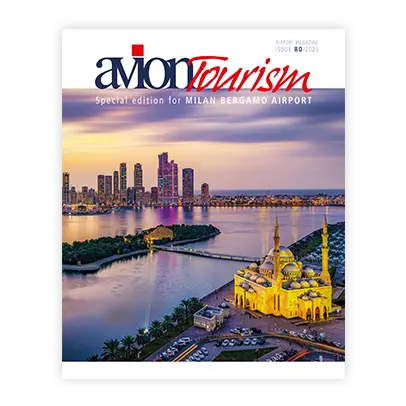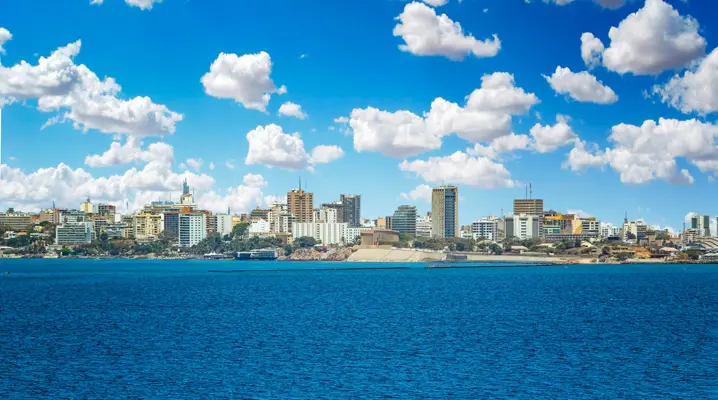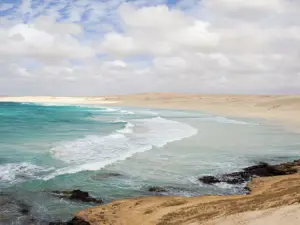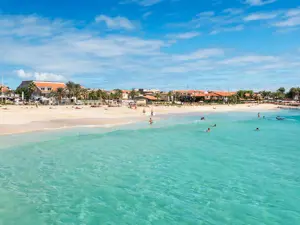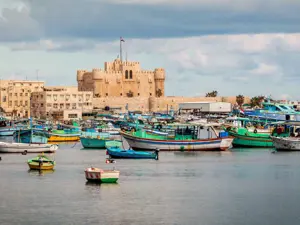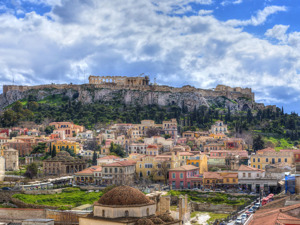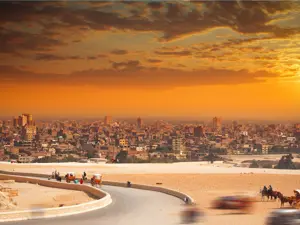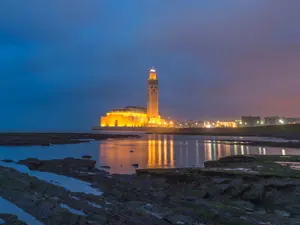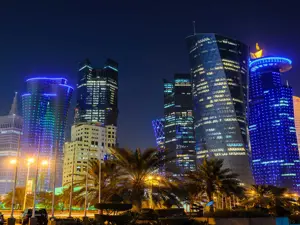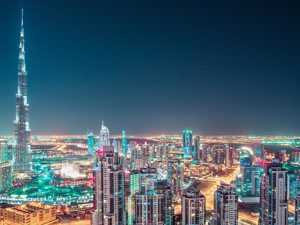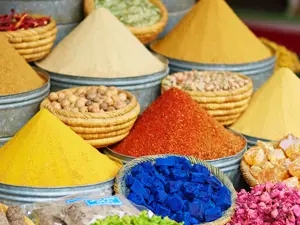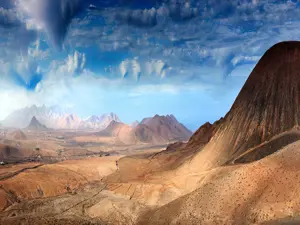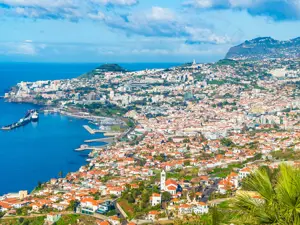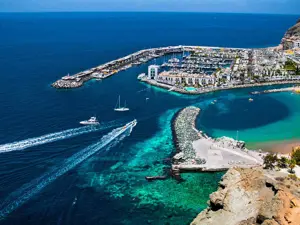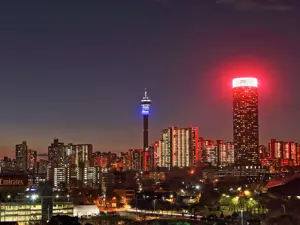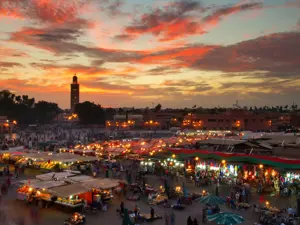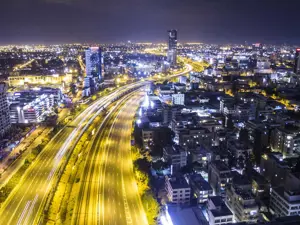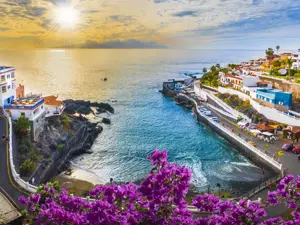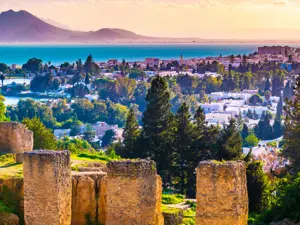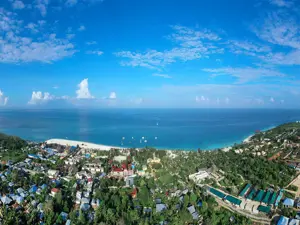The Queen of Senegal
Chaotic, colourful, cosmopolitan and colonial, Dakar extends along the southern part of peninsula of Cap-Vert on the Atlantic Ocean and is the most European of African cities with over two million inhabitants. It is a very pleasant place to live in and visit. Each district has its charm and atmosphere. Strolling on foot or travelling around by taxi are fun activities full of interesting discoveries.
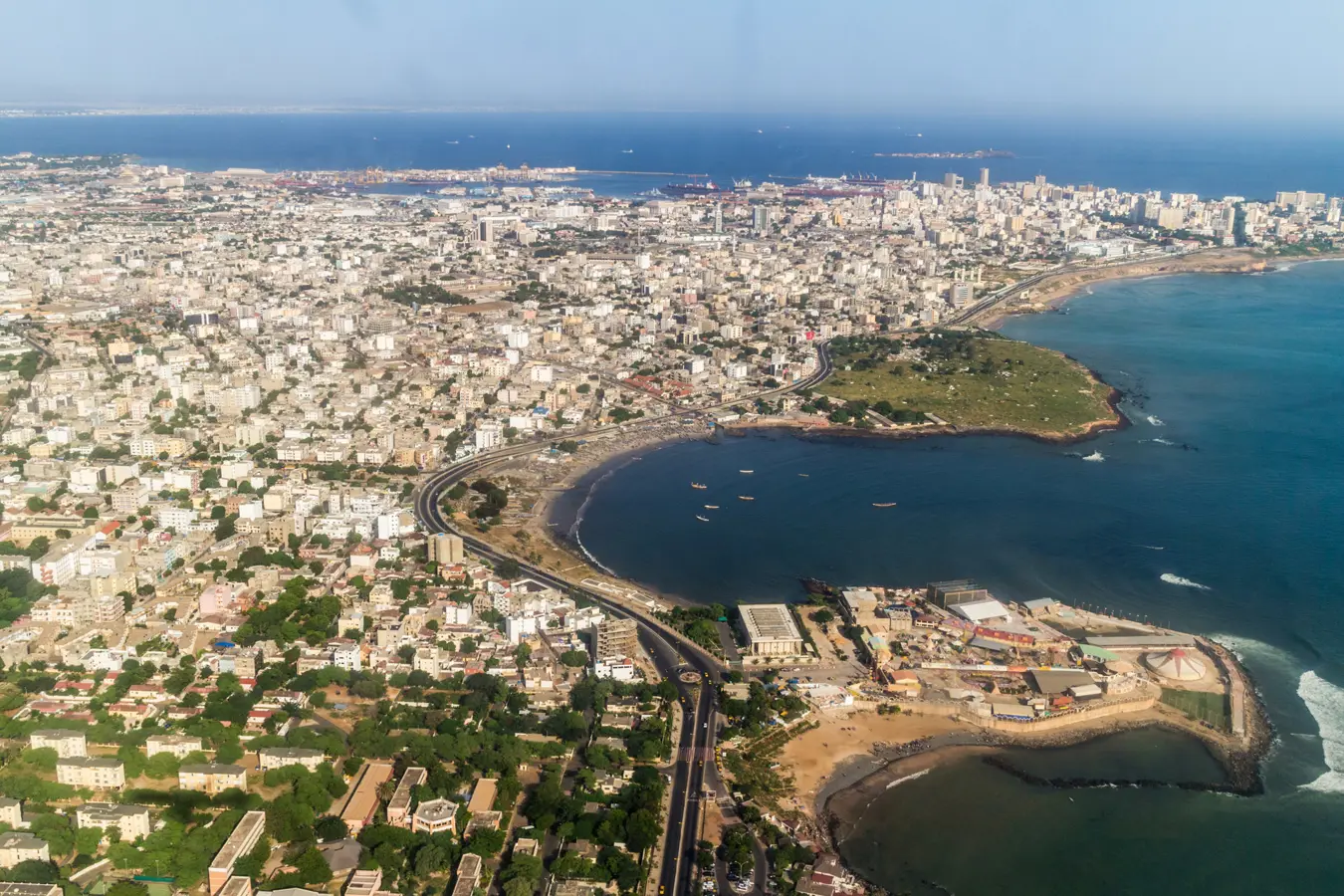
Landscape of Dakar. Photo: Copyright © Sisterscom.com / Shutterstock
The fundamental point of reference of the city is Place de l’Independence, the business and administrative centre where the banks and main airlines have their headquarters. But the beating heart of Dakar is without doubt the Medina, overlooked by the minaret of the Grand Mosque. Its structure reflects that of an African village in which spaces are built around an internal courtyard where a baobab or a ceiba are the focus of attention. Maze-like streets, small shops and markets bring bustling life to the district, making it an extremely interesting place to visit.
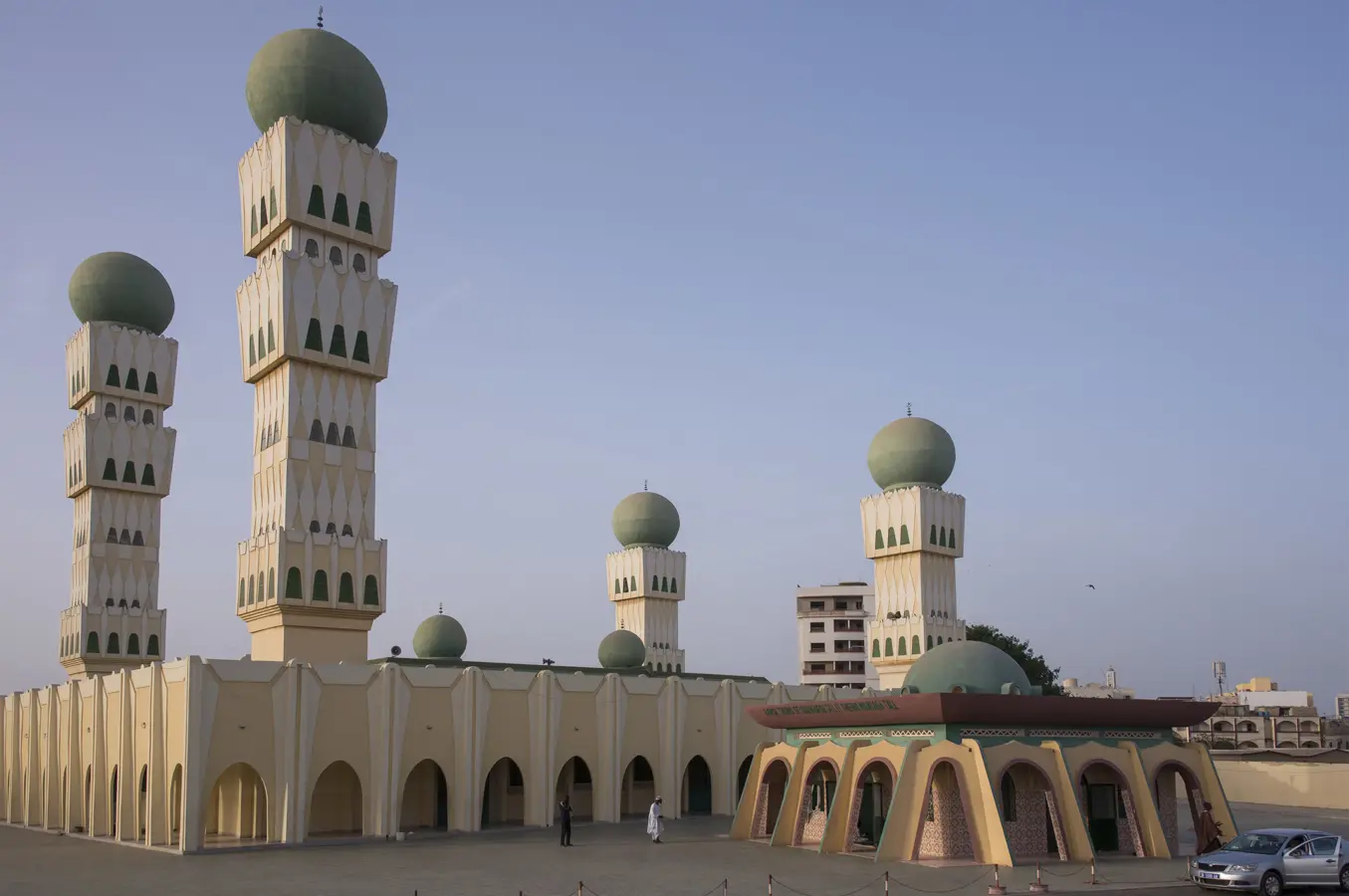
The Grand Mosque of Dakar and its minaret. Photo: Copyright © Sisterscom.com / Shutterstock
Numerous restaurants and fast food outlets can be found in Avenue Pompidou, an extremely busy street, where you can grab a chawarma (an Arab flatbread wrap or bread roll with meat, vegetables and French fries) while exploring the city.
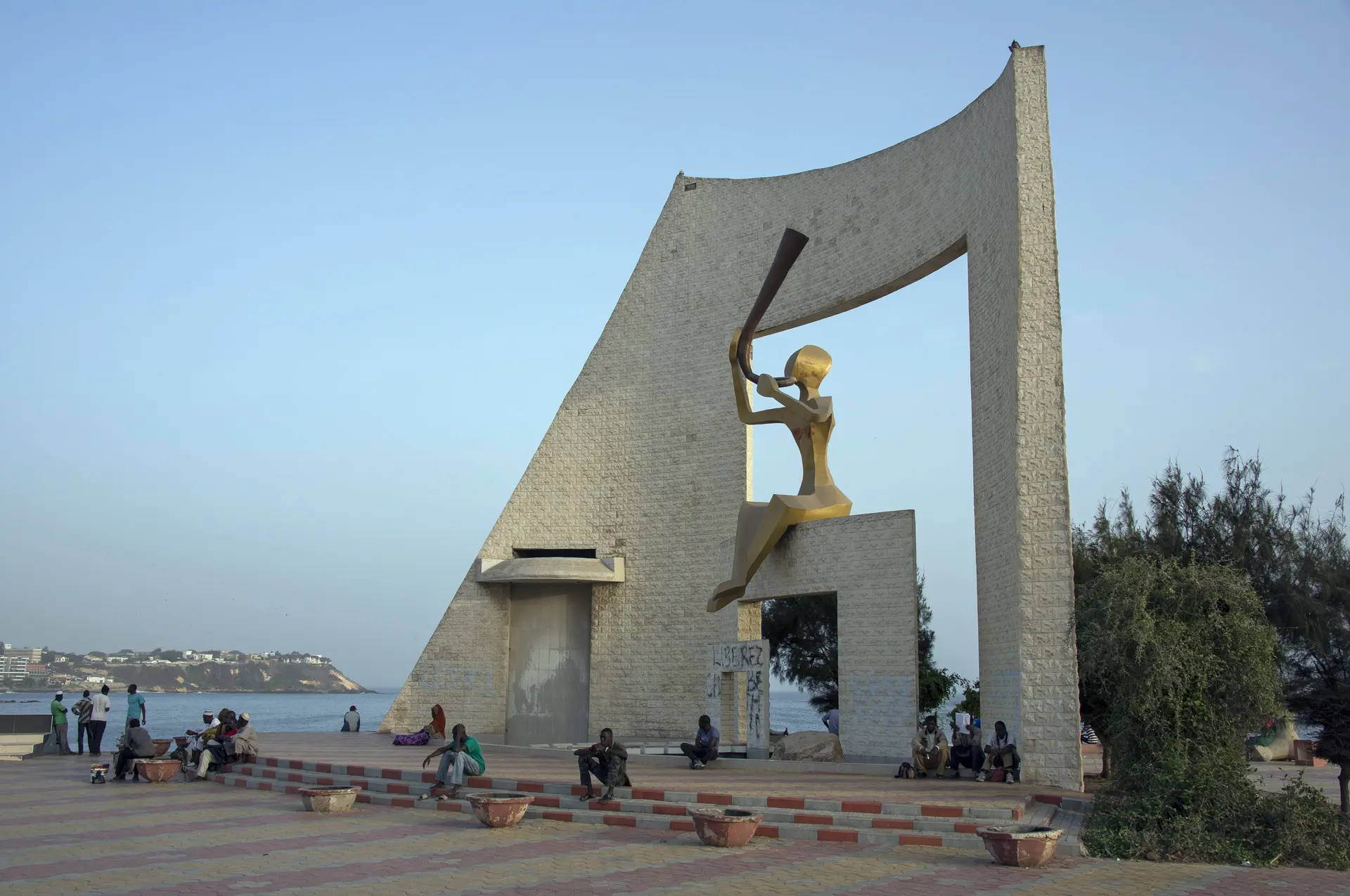
The Corniche, instead, is a long street running beside the sea, which is filled with local craft shops alternating with monuments, such as the futuristic Third Millennium Door, as well as markets and chic bars.
The Cathedral of Our Lady of Victories is Dakar’s Catholic cathedral. Designed by the architect Charles-Albert Wulffleff, it draws inspiration from different styles, with Sudanese-style towers, domes, Byzantine terraces and caryatids.
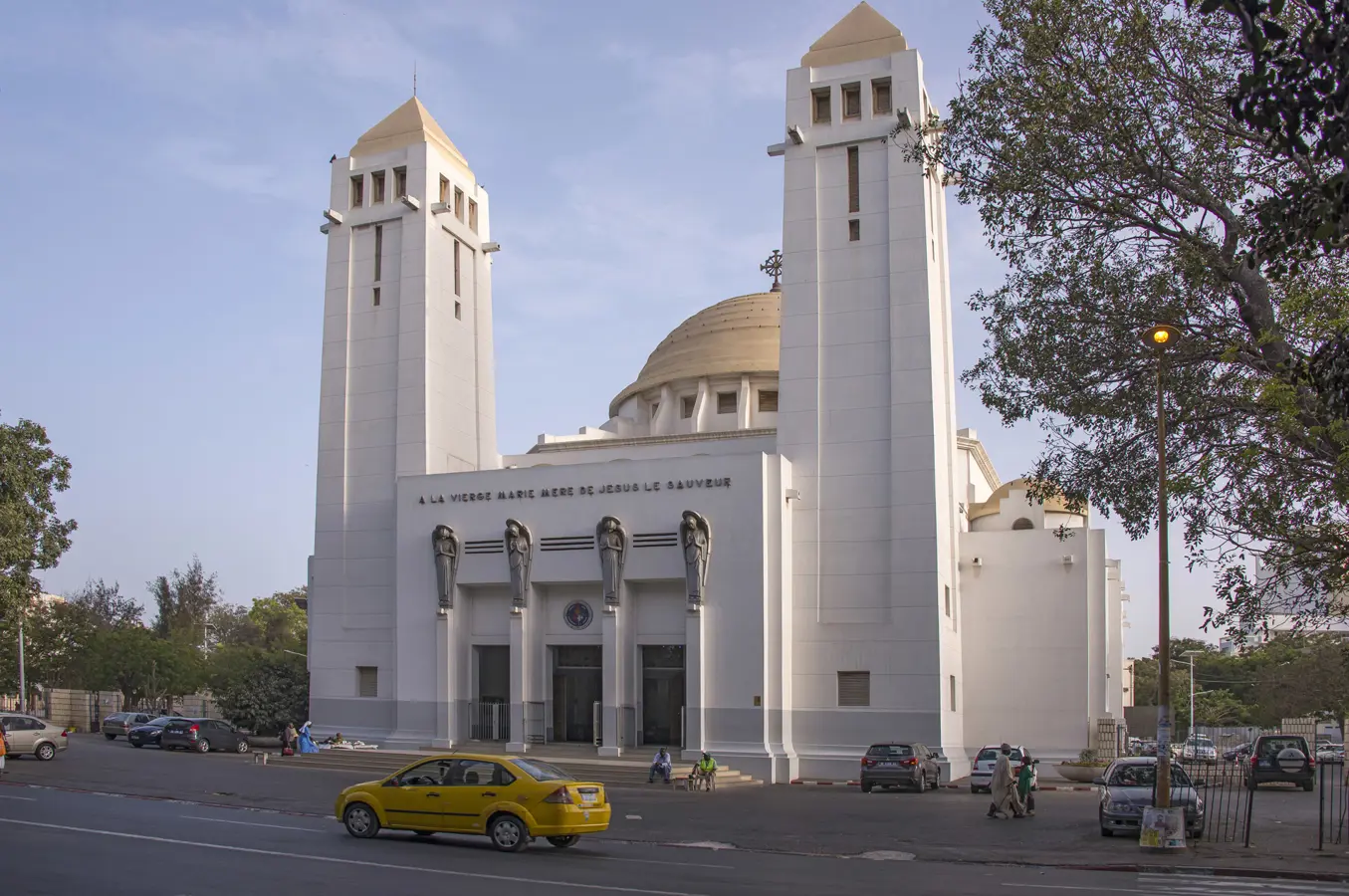
Cathedral of Our Lady of Victories in Dakar. Photo: Copyright © Sisterscom.com / Shutterstock
Dakar has various museums of contemporary art that can be visited, like the Gallery of National and Modern Art; the Museum of African Art, instead, offers collections of traditional Senegalese art.
One of the most exclusive residential districts is Point E where Senegalese politicians and diplomats live in luxurious villas. Ponty is considered the meeting place of Dakar where, along its streets, the most expensive boutiques of the city can be found.
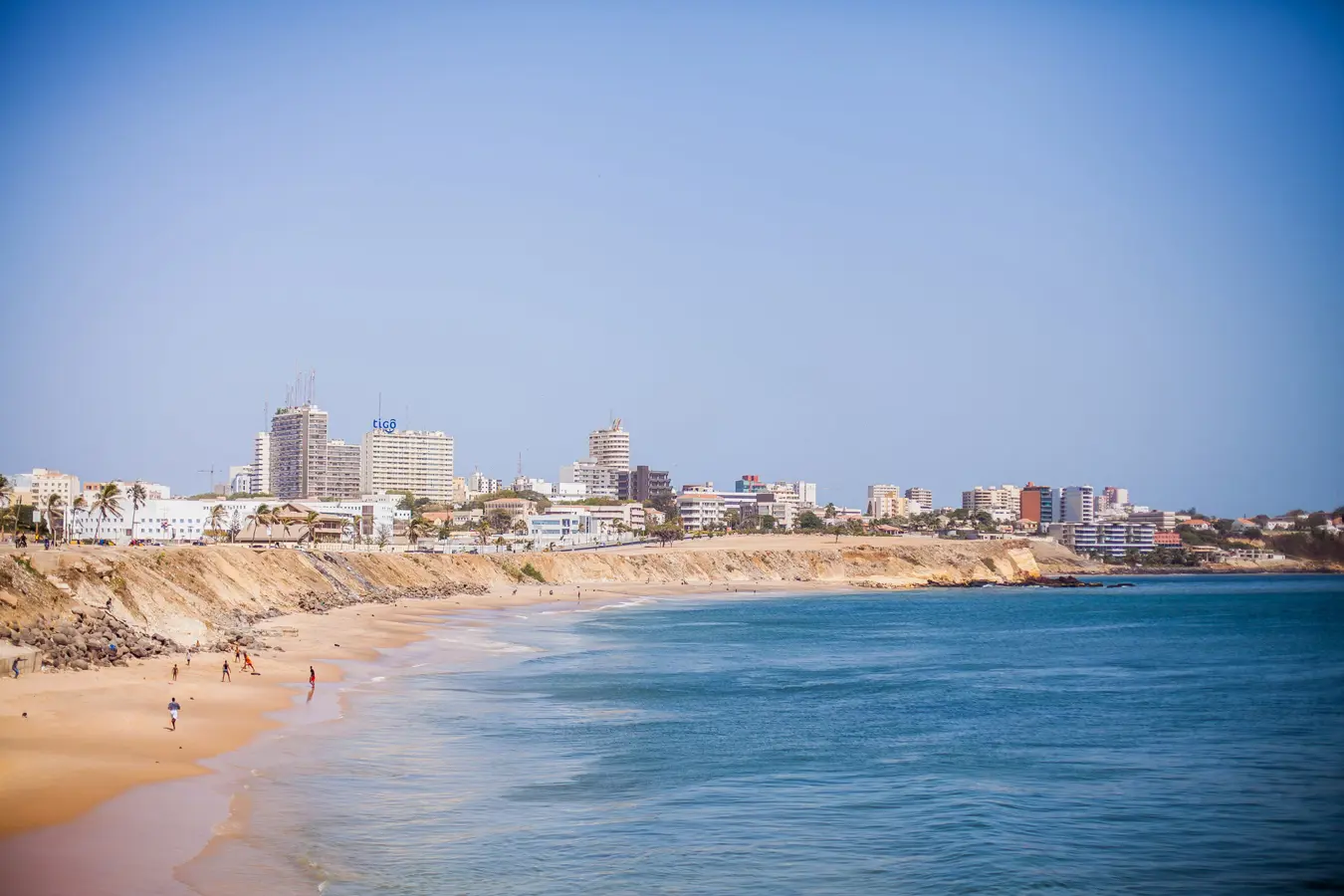
Shoreline of Dakar. Photo: Copyright © Sisterscom.com / Shutterstock
If, instead, you prefer to shop amongst the bustling daily life of the city, the picturesque covered market of Sandaga, with its neo-Sudanese architecture, or the very colourful Tilene market, near the Medina, are unmissable attractions.
The island of Gorée, sadly renowned for having been, for centuries, the main departure point of slaves towards the Americas, is today a UNESCO World Heritage Site. Situated some 3 km off the coast of Dakar, it can be reached in just 20 minutes by boat.
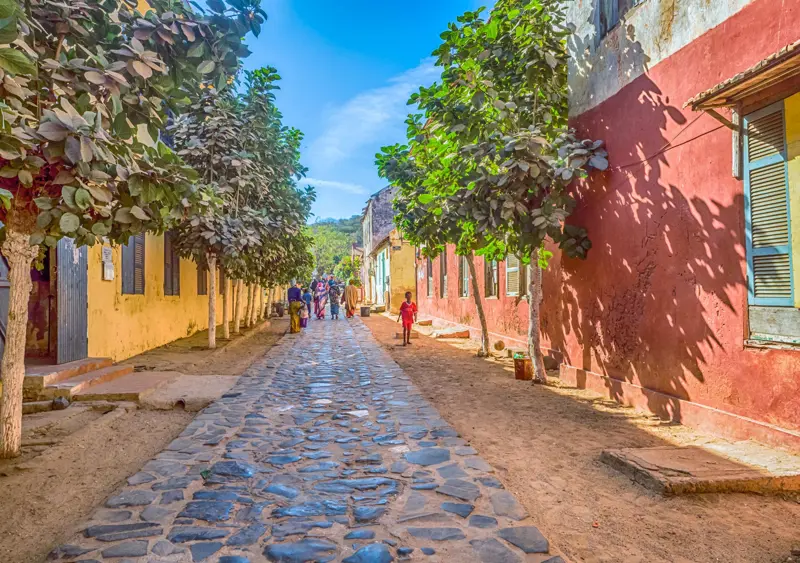
Alley on the island of Gorée off the coast of Dakar. Copyright © Sisterscom.com / Shutterstock
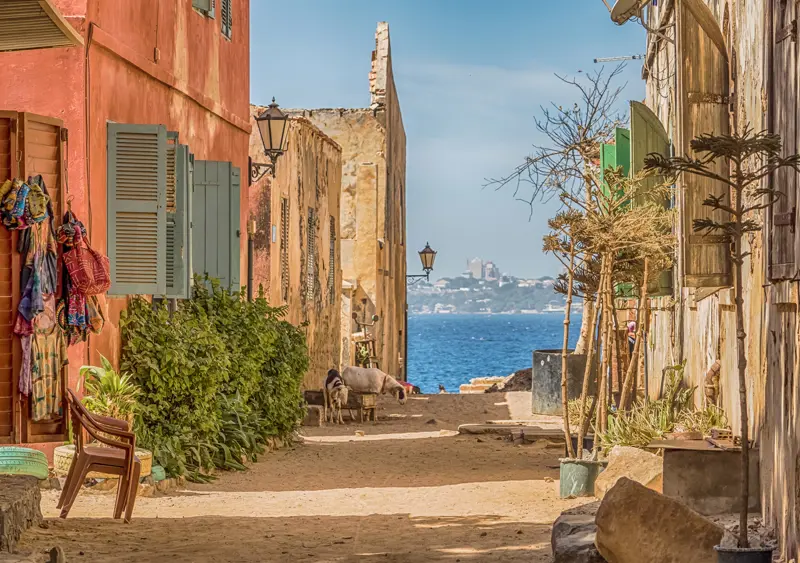
Alley on the island of Gorée off the coast of Dakar. Copyright © Sisterscom.com / Shutterstock
The island’s buildings are constructed in colonial style of volcanic stone and surrounded by bougainvillea plants; the local roads are made of sand.
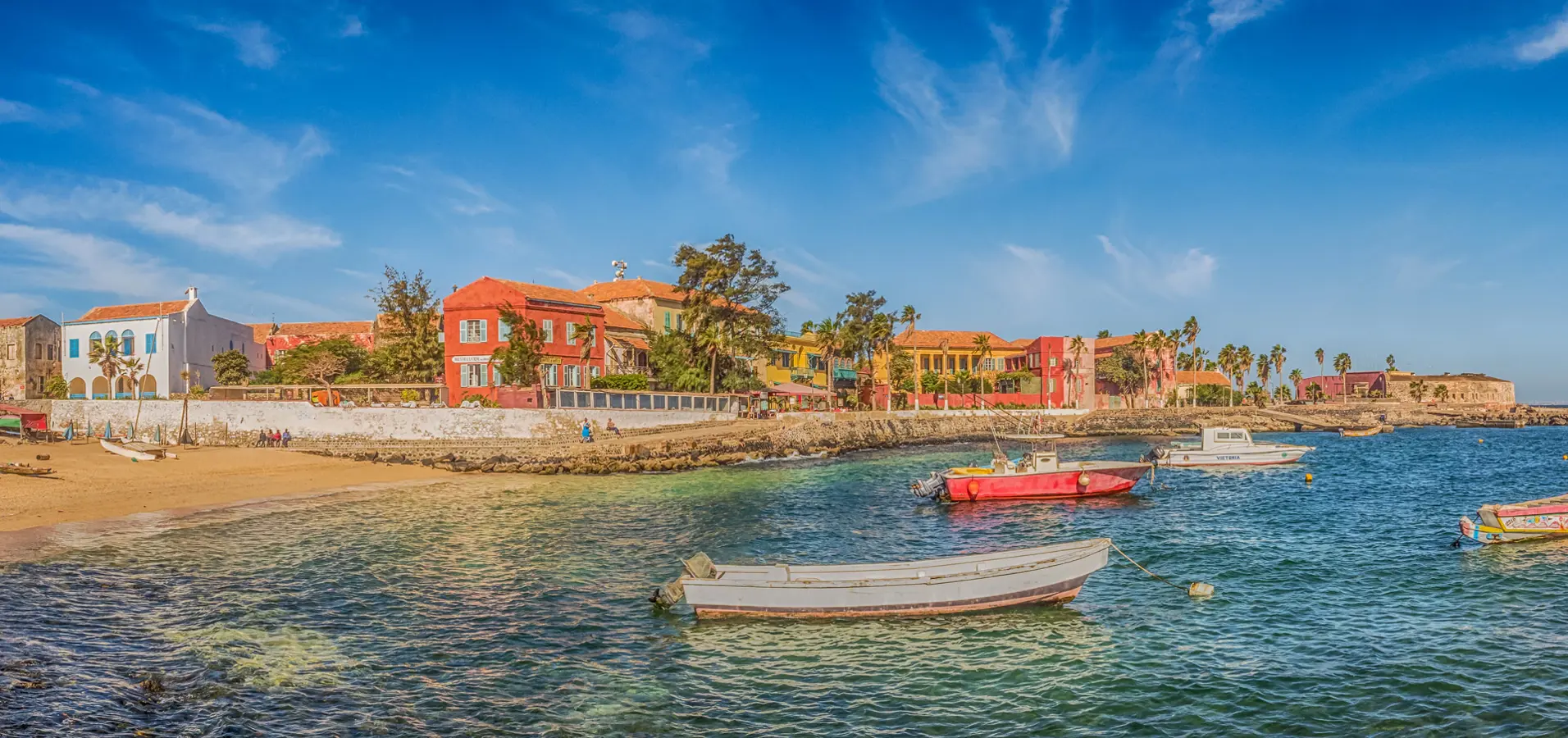
Island of Gorée off the coast of Dakar. Photo: Copyright © Sisterscom.com / Shutterstock
Sites of interest include the Maison des Esclaves, the Museum of Women and the Museum of the Sea. A popular local legend states that white men are mysteriously “sensed” by the island, assessed according to their soul and consequently accepted or not. Those who are unwanted are unable to stay the night as strange events and circumstances drive them away. Instead, Gorée becomes a magical place for those who are allowed to stay.
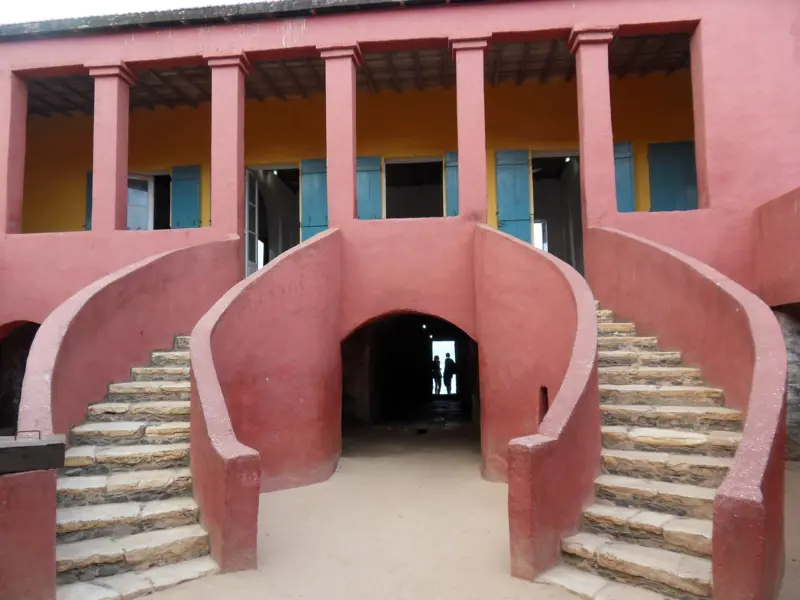
Maison des Esclaves in Dakar. Photo: Copyright © Sisterscom.com / Shutterstock
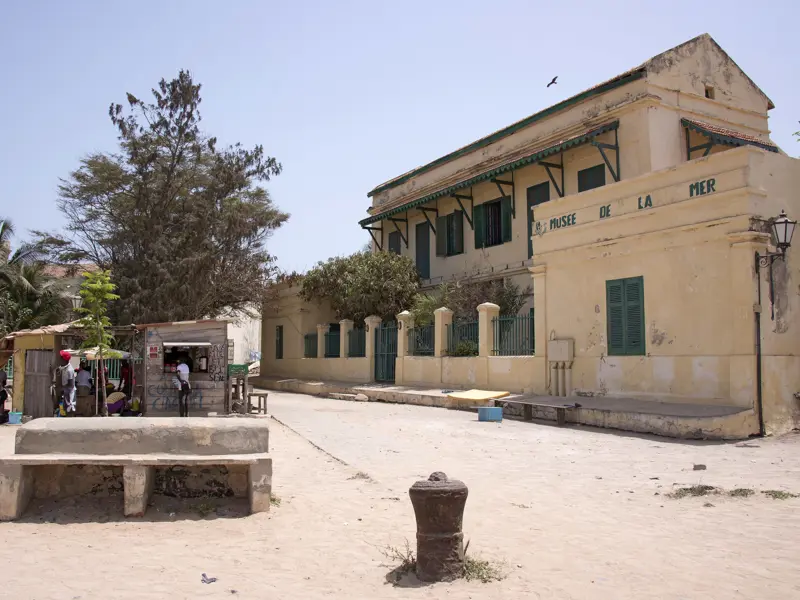
Museum of the Sea in Dakar. Photo: Copyright © Sisterscom.com / Shutterstock
Typical dishes of Dakar
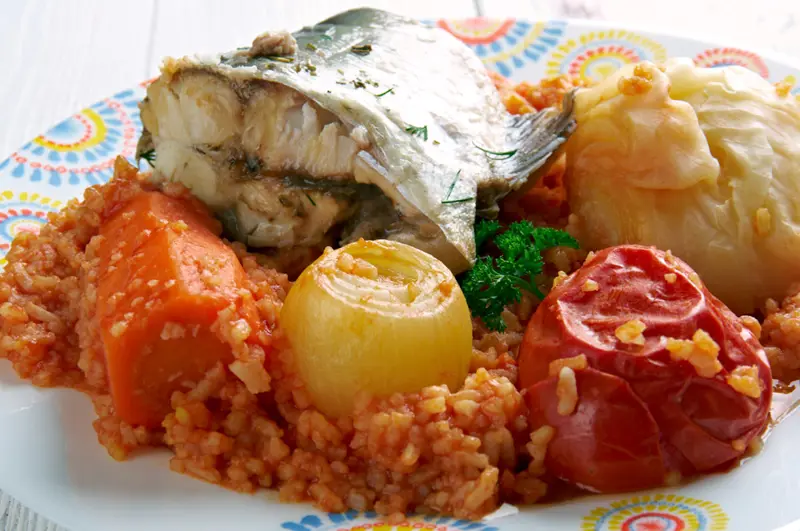
The thieboudienne
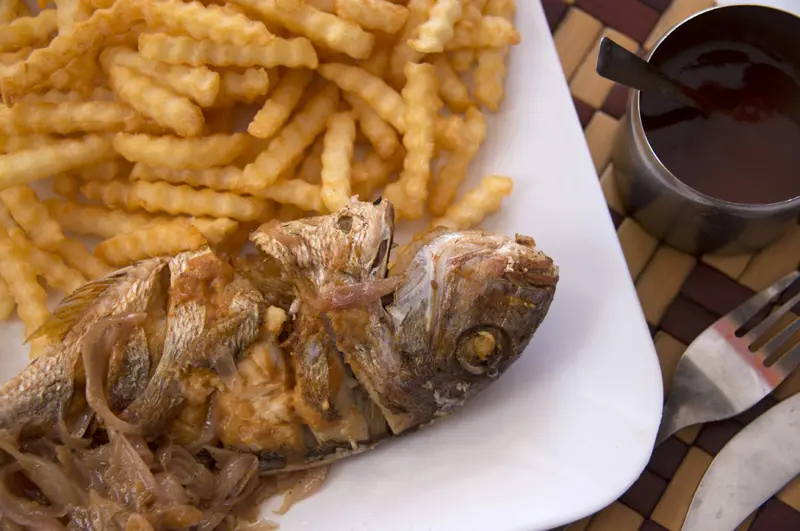
The typical fish of Dakar

The Yassa fish
Dakar is also the capital of Senegalese cooking, a simple cuisine in which the staple ingredient is fish cooked in a variety of different ways and eaten alone or accompanied by rice and vegetables. Among the dishes to try are “Thieboudienne” (rice with fish and vegetables), Yassa fish (white rice with fish in lemon), Saint-Louisienne fish, stuffed with herbs, and Thiou, containing prawns.
Text by Alisè Vitri
Tourism Board
www.visitezlesenegal.com
Partnership with Booking.com
Where to sleep in Dakar
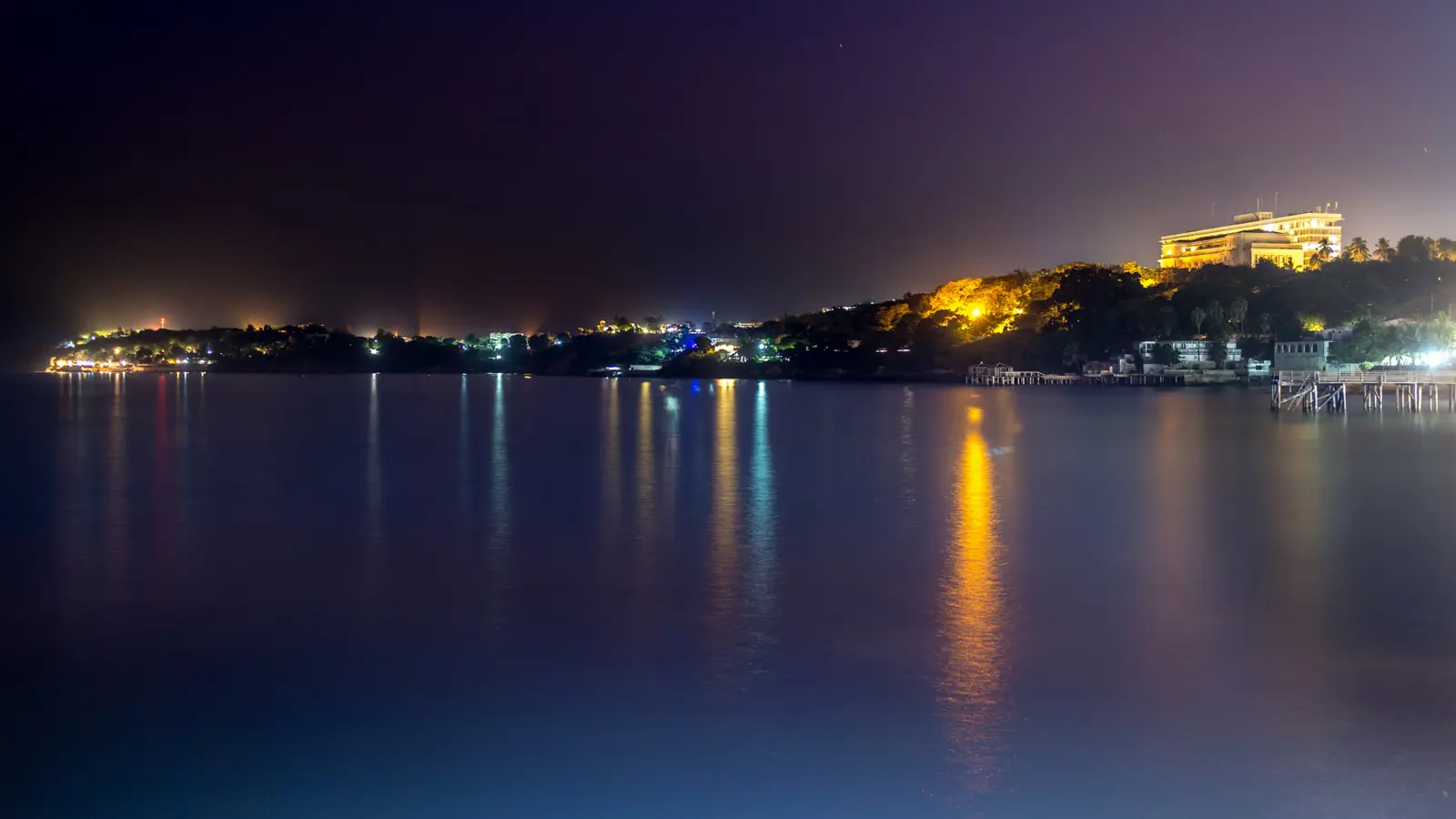
Dakar. Photo: Copyright © Sisterscom.com / Shutterstock
Dakar is a welcoming city and offers different possibilities for accommodation.
To find the ideal hotel and the best offers you can do a search for the stars but also for districts or landmarks.
STARS
Hotels for stars, differentiated by type of services:
DISTRICTS
Hotels in the districts
LANDMARKS
Hotels in tourist areas
LANDMARKS
Hotels in tourist areas
AIRPORT
Hotels near the airport
WHERE TO GO in dakar
Partnership with GetYourGuide
Excursions and recommended tours in Dakar
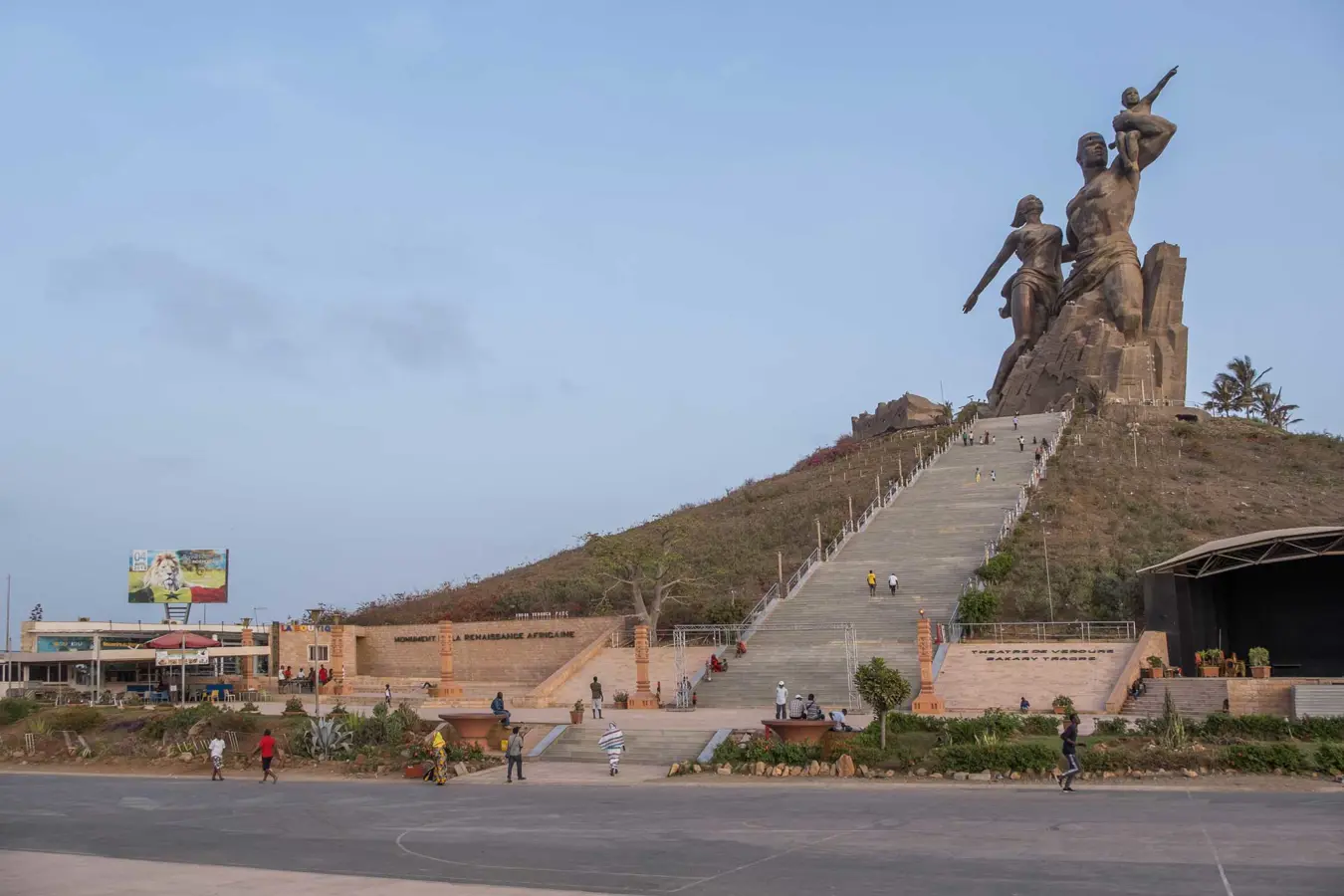
Dakar. Photo for editorial use only: Copyright © Sisterscom.com / Salvador Aznar / Shutterstock
CULTURE AND ATTRACTIONS OF DAKAR
Visit to the city with a professional guide to discover the capital of Senegal by visiting the main attractions of the city of Dakar, the Renaissance Monument, the Kermel market or the Palace of the Republic. Private tour of Dakar.
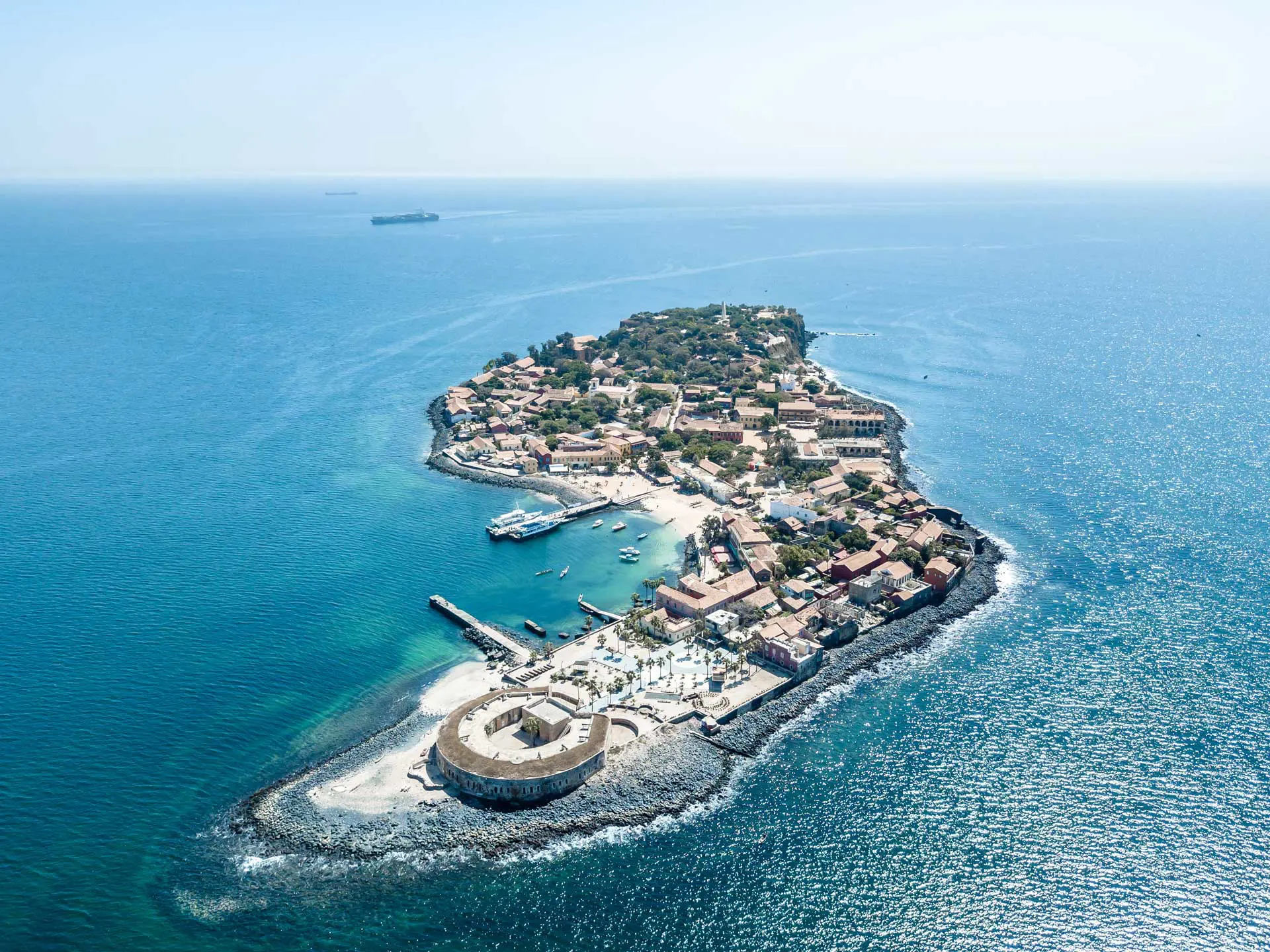
GOREE ISLAND
Private tour with professional guide to the island of Gorée which represents the tragic history of the slave trade in Africa, recognized as a UNESCO World Heritage Site in 1978. During the tour, stops at the Gorée slave house, the Dakar-Gorée memorial, at the Estrée fortress and Gorée beach. Private tour from Dakar to Gorée Island.
You might be interested in
Destinations found in the vicinity
Other destinations
Airports nearby Dakar


